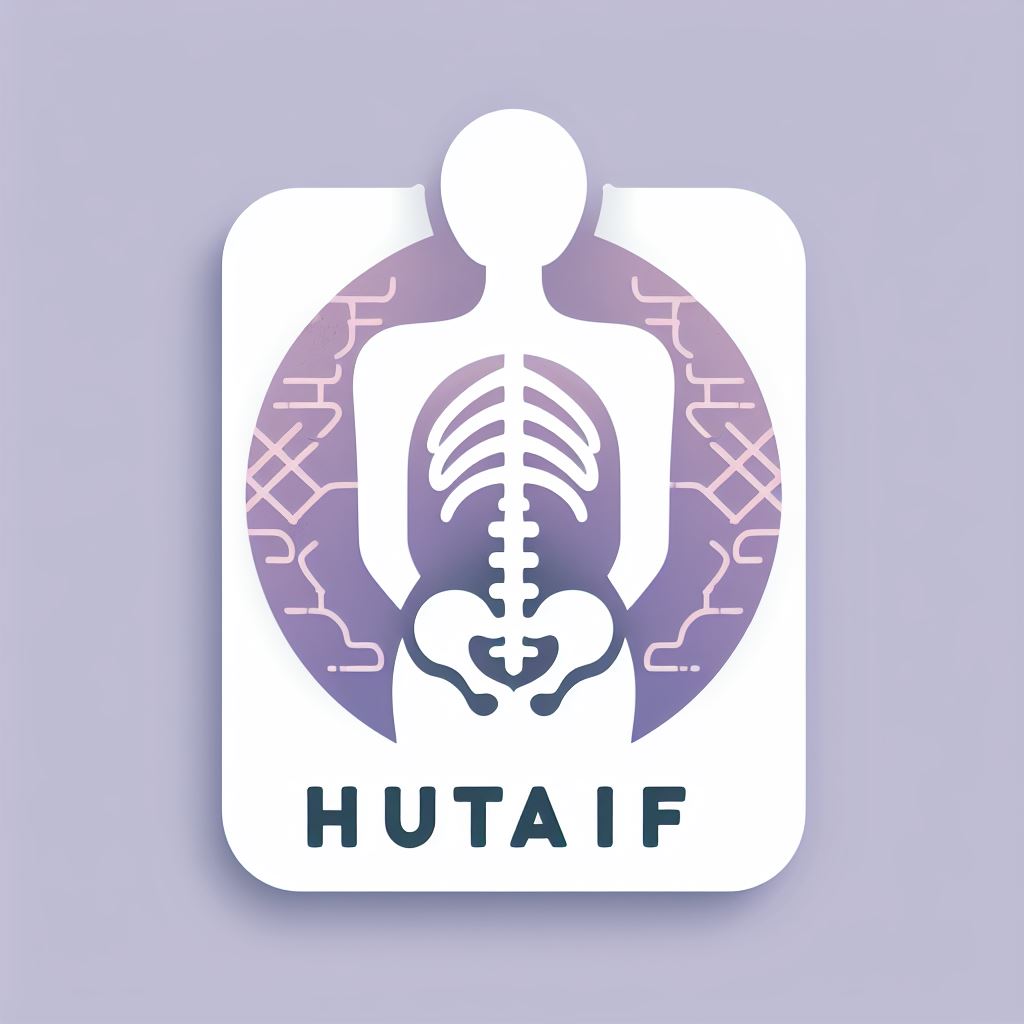Foot and Ankle cases 5
Figure 5–9 Lateral radiograph of the ankle.
What is the most appropriate next step?
-
CT scan of the left ankle
-
Short-leg splint with crutches and referral to orthopaedic clinic
-
Physical examination
-
Open reduction and internal fixation
Discussion
The correct answer is (C). Severe pain from the calcaneus fracture may present as a distracting injury and the patient may not recognize additional injuries. Patients presenting with calcaneus fractures have been shown to have a 25% chance of having an associated injury to the lower extremities or lumbar spine. Focused physical examination and appropriate radiographs, if there is any spine or extremity tenderness to palpation, should be the first step in evaluation of this patient. While the other management options in this question may be appropriate, the initial step should be physical examination.
What other diagnostic study should be obtained?
-
Compartment pressures
-
Stress radiographs
-
MRI of the ankle
-
CT of the ankle
Discussion
The correct answer is (D). The bony anatomy, in particular displacement and comminution of the posterior facet, are best seen with CT and should be considered mandatory for evaluation of displaced, joint depression calcaneus fractures. The Sanders classification is widely accepted in describing the articular comminution and displacement of the posterior facet and is based on the coronal view of the CT at the widest portion of the posterior facet of the talus (Fig. 5–10). This view allows the posterior facet of the calcaneus to be divided into thirds by two vertical lines, thereby designating the lateral, central, and medial columns of the facet. The sustentaculum tali may also be fractured, resulting in four possible fragments. Lateral radiographs also allow for measurement of the angle of Gissane, measured by the intersection of two lines drawn from a point at the most anterior-inferior point of the posterior facet, one line drawn to the superior surface of the posterior facet and the second line to the most superior point of the anterior process. Bohler’s angle is also measured on the lateral radiograph, formed by a line from the most superior point of the posterior tuberosity directed to the most superior point of the posterior facet, and a line directed from the most superior aspect of the anterior process back to the same superior point of the posterior facet.
Figure 5–10 Coronal CT of the left ankle showing fracture lines in the posterior facet used in the Sanders classification.
The patient’s ankle is splinted and he is referred to orthopaedics for further evaluation. The patient now presents to clinic with improved pain, moderate edema to the left hindfoot, and questions about treatment options. He reminds you that he still enjoys a very active lifestyle, is busy on his feet as a site engineer for an energy company, and has never smoked.
What is the most important predictor that he may benefit from surgical fixation of his fracture?
-
He is a male
-
He has a heavy workload
-
Severity of his joint depression-type fracture
-
His age
Discussion
The correct answer is (C). A prospective randomized controlled study of calcaneus fractures by Buckley et al. (J Bone Joint Surg, 2002) found that patients who had severe joint depression-type fractures, as described by Essex–Lopresti, fared better with operative than with nonoperative treatment. They also found that patients with
female sex, a light workload, and age 20 to 29 also had improved outcomes with operative treatment if they were not receiving worker’s compensation.
Objectives: Did you learn...?
Describe the associated risk of additional musculoskeletal injury in patient with a joint depression type calcaneus fracture?
Describe Sanders’ classification of intra-articular joint depression calcaneus fractures?
Identify factors affecting the decision to treat these fractures operatively or nonoperatively?

